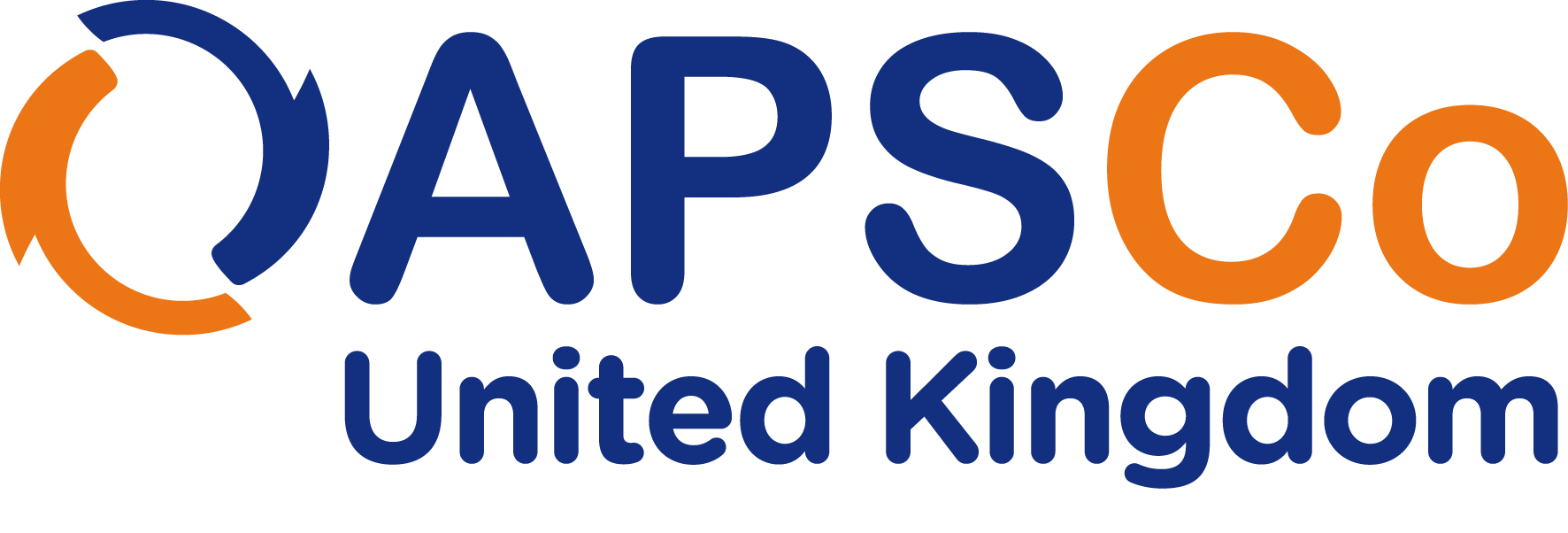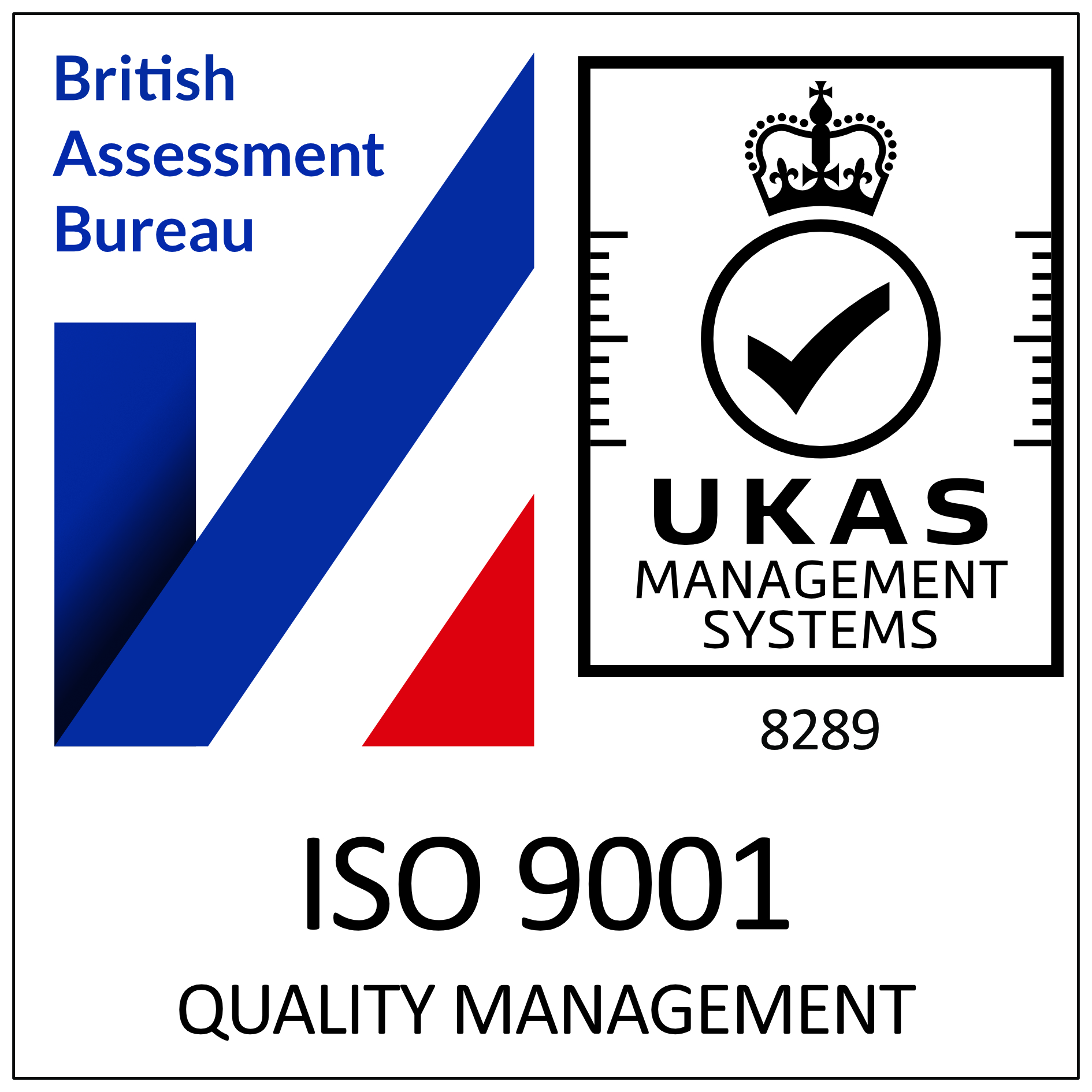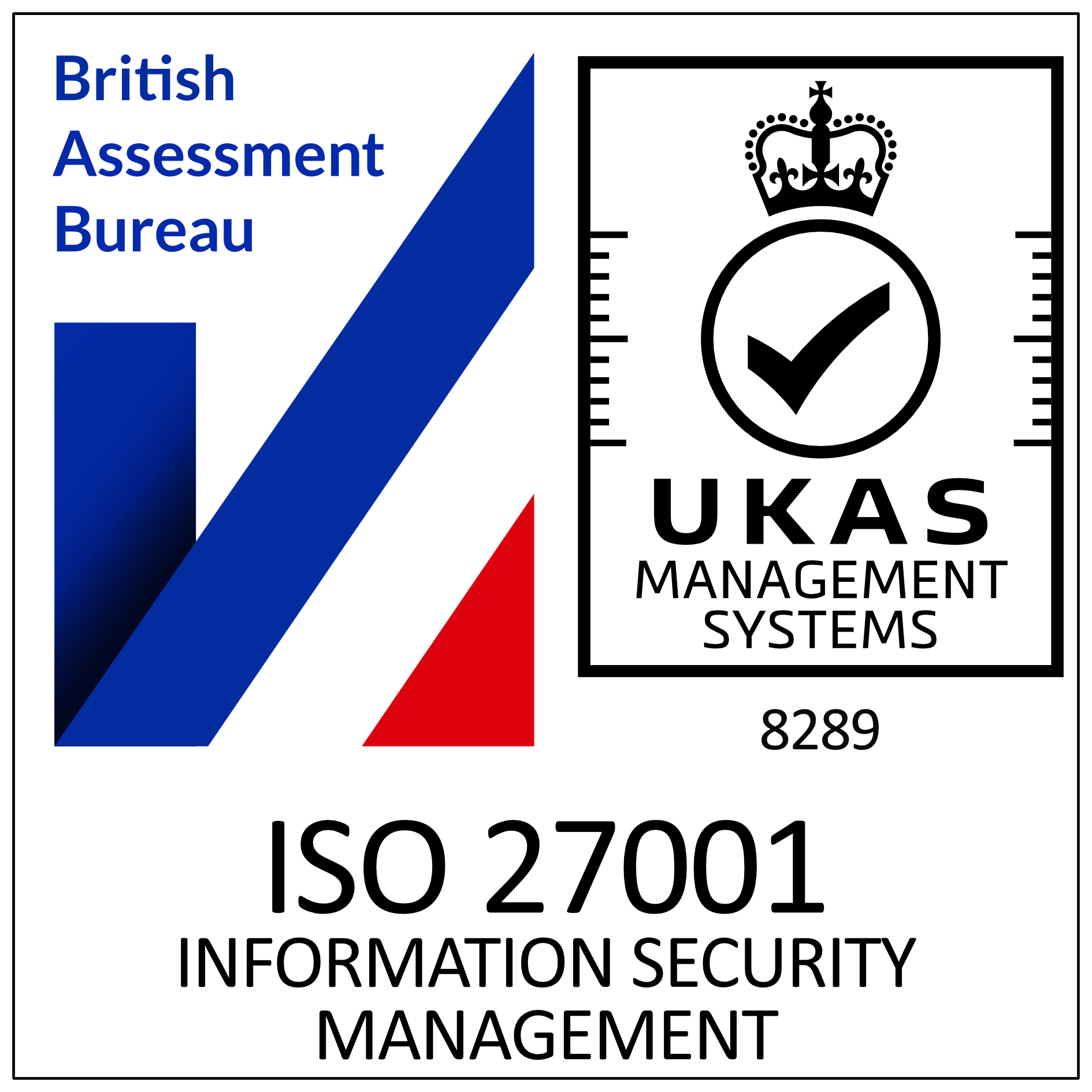
HR data is a core element of a business’s data set. Yet, it is often considered and managed in isolation away from other business metrics. So, how do you successfully use HR data and analytics and why are they so important?
In this blog, we will be sharing practical examples of how businesses can use HR data and analytics and what the benefits of doing so are. We will also be sharing our predictions about the future of the workplace and workforce, with one of the most significant catalysts for change undoubtedly the impact of Covid-19.
We further explore the uses of HR data and analytics in our white paper Why HR Data is the Key to Achieving Your Strategy. Download it for free here.
Back to Basics
Human Resources works best when it is considered a key mechanism through which you can achieve your overall business strategy. Therefore, your HR strategy, tactics and activities should always be aligned to your overall business objectives. It should reflect the role that your people will play in achieving these objectives.
This is equally true when it comes to HR data and analytics. These insights should be used to further the strategic achievement of your business and be linked to core business measures and key performance indicators (KPIs). Thus, the first step in successfully using HR data and analytics, is to define and agree the core business measures and KPIs that are linked to your overall strategy.
Think Practical
Do you already have the mechanisms in place to capture HR data and analytics? If not, you need to decide if it’s going to be worth the investment to put the new systems and processes in place. This decision should be business case driven, so ask yourself the following key questions:
- What will you get from looking at people related data?
- How will this add value to your business?
- How can it support you and your teams to achieve your business goals?

Covid-19 has caused one of the most significant recent impacts to the world of work

Considering how you will use HR data and analytics across all areas of your business can help build your business case. Covid-19 has caused one of the most significant recent impacts to the world of work. As a result, immediate changes have had to be made rapidly such as moving to remote working en masse. This is also likely to influence future trends in the workplace. For example, an increase in demand for automation or the need for more flexible working patterns.
So, which business areas could benefit from the use of HR analytics and data, in turn helping you to achieve your business strategy?

Workforce Planning
Understanding what skills and knowledge you need, where you need them and how many of them you need. This will enable you to develop a more accurate and targeted Talent Acquisition or Candidate Attraction strategy. Conversely, this will also help to identify where you have a surplus of, or the wrong types, of skills in your business.


Performance Management
Building regular reviews into your cycle of events, during which performance metrics are assessed, will help to highlight any potential risks or issues before they have even occurred. If performance drops below the expected levels, interventions can be put in place sooner rather than later.



Succession Planning
HR data can provide powerful insights to support succession planning. However, basing promotions on immediate performance alone, rather than future potential, may result in you overlooking workers who with further personal or professional development could be your leaders of the future.



Employee Value Proposition
Your Employee Value Proposition should be used to define how you will both attract and retain your people. You can utilise data from your recruitment and selection process, existing employees and leavers to identify what makes people join and stay with your business. As well as what deters people from joining or why they leave. This will enable you to continue to develop and evolve your Employee Value Proposition so that you continue to attract and retain talent.


Employee Engagement
Conducting regular surveys of your workforce will provide you with real-time data from your employees which you can analyse to identify where actions are required. You will also then be able to better predict and measure the impact of any actions taken.



HR Administration and Operations
Often, an inordinate amount of time is spent on HR administration and HR operations activities. Collection and analysis of data during Business As Usual admin and operations should enable you to identify where improvements in your HR processes need to be made to improve efficiencies.


Learning and Development
Using data to continuously improve your Learning and Development offering will ensure that you remain focused on upskilling employees to become competent as quickly as possible. It will also support your employees’ ongoing performance and progression by providing the right learning and development interventions at the right time.
In our white paper Why HR Data is the Key to Achieving Your Strategy we further explore how you can use HR data and analytics in each of these business areas and expand on the benefits that this can bring to your organisation. Download it for free here.







